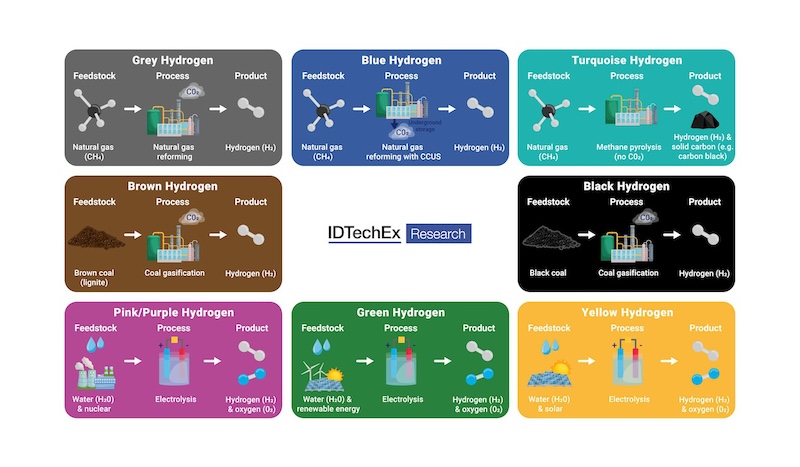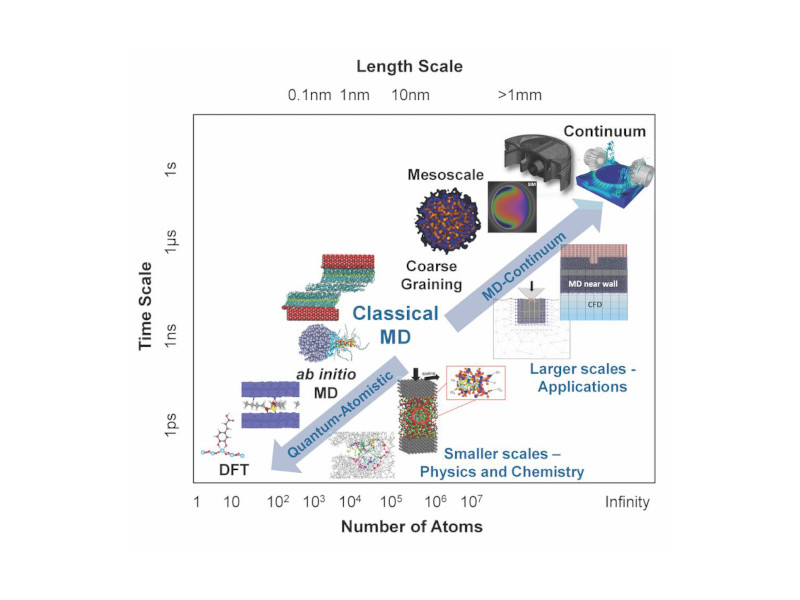It was given a big word – interoperability – undoubtedly by someone in either marketing or IT. It simply means connecting your plant floor to your business systems in such a way that both sides know exactly what the other is doing at all times. The theory is that if the plant floor knows the business rationale for its decisions, and the business office knows the availability on the ...
It was given a big word — interoperability — undoubtedly by someone in either marketing or IT. It simply means connecting your plant floor to your business systems in such a way that both sides know exactly what the other is doing at all times.
The theory is that if the plant floor knows the business rationale for its decisions, and the business office knows the availability on the plant floor, each can do their job better, which leads to the entire operation getting better.
It’s a great theory that gets bogged down in a lack of organizational attention to the core problem of getting divergent departments with different skill sets to work toward an understanding of the common goals of profitability and productivity. Fortunately, there are systems out there today that bridge those gaps effectively by putting the data in the hands of the operators and the business managers, each in a form that relates specifically to their task.
These manufacturing solutions have different names. At SAP, it’s called Perfect Plant. When SAP came to talk about this issue to a group of its customers last month in Chicago, it was a fairly typical IT and business professionals that made up most of the audience. These were the guys, after all, who need to understand the inner workings of the system and, more importantly, the people who have to write the check.
So when Paul Boris, the SAP executive discussing Perfect Plant system to the audience, started his presentation, he could have been forgiven for offering just another round of IT-babble.
Instead, there was this: “If you don’t have an operation that values the operator, we can’t help you,” Boris told the audience in a message that’s being repeated in several spots on SAP’s World Tour this fall. “The front-line operators can make or break your business. Don’t treat the front-line operators like kids.”
What Boris was espousing is something good manufacturing operations already know. It’s something we’ve spent every month talking about. It’s what your front-line operators already know. Call it what you want — interoperability, collaboration, working and playing well with others — but without an efficient and effective manufacturing operation at the plant floor, you cannot have a successful business operation.
“The plant floor operator is saying, ‘Give me the critical information when I need it, and I’ll make the best decision’,” Boris said. “The goal is to get the right data to the right person at the right time.”
Or to put it simply: Plant-to-enterprise works only if you actually involve the plant in the enterprise.
Plant Engineering readers don’t need to be told twice about the benefits of such collaboration. The 2009 Salary Survey will be sent to our readers this month, and the results will be reported in January. One of the most dramatic statistics from the past two years is the sharp rise in bonus compensation for plant managers. Last year, it made up almost 17% of total compensation.
Whether that percentage could have been sustained through the recession is one of the things we’ll be looking for in the 2009 Salary Survey results, but one thing from the past is clear: plant managers are incented on their ability to run their operations smarter, safer, more energy efficiently and with higher productivity. The data the last two years shows they are meeting this challenge.
It also means that corner-office managers understand the need to encourage and reward that kind of operational management in the same way they honor sales success and profitability in the white-collar end of the business.
It’s not a hard concept. That Paul Boris would need to make it part of his pitch to business professionals indicates that we still have some ways to go to fully integrate that thinking into our manufacturing operation.
SAP is not the only company that understands the concept. Many system vendors have focused a good part of their pitch at the plant floor operators who must turn that data into productivity — and profits.
Success starts at the top, they say. In manufacturing, it begins at the bottom. Slowly, more people are getting that message.



